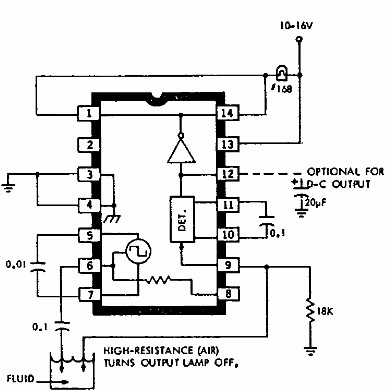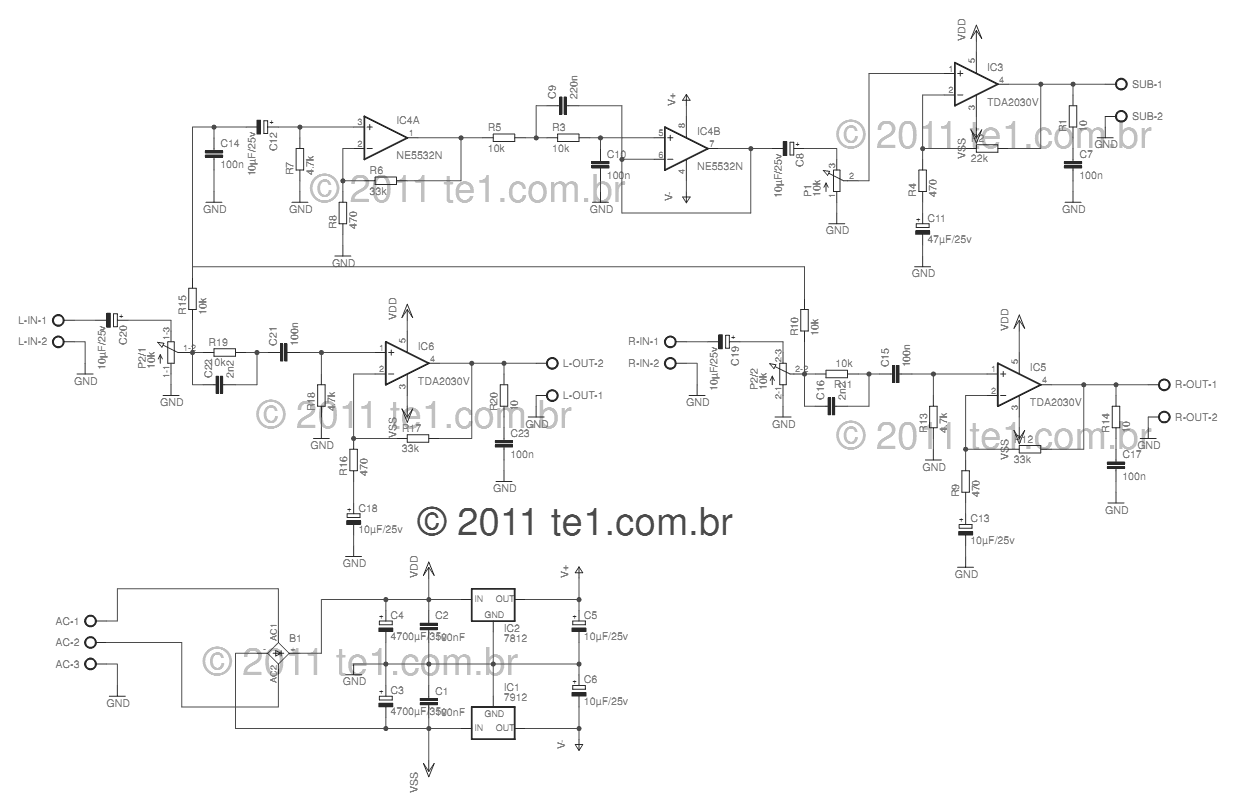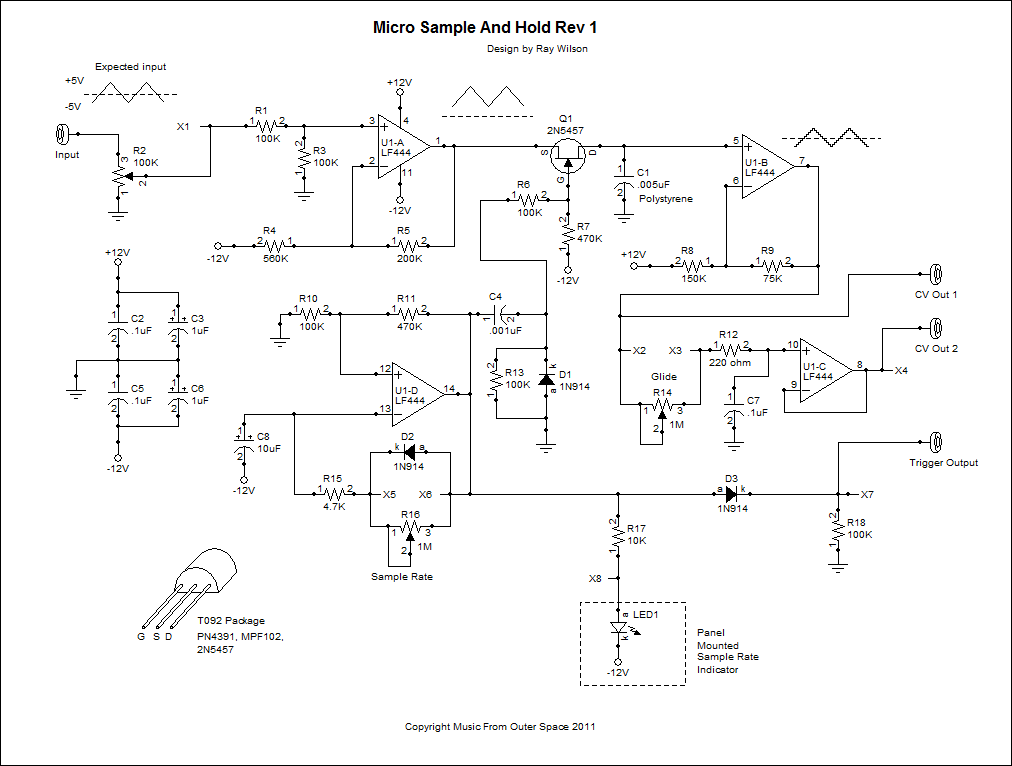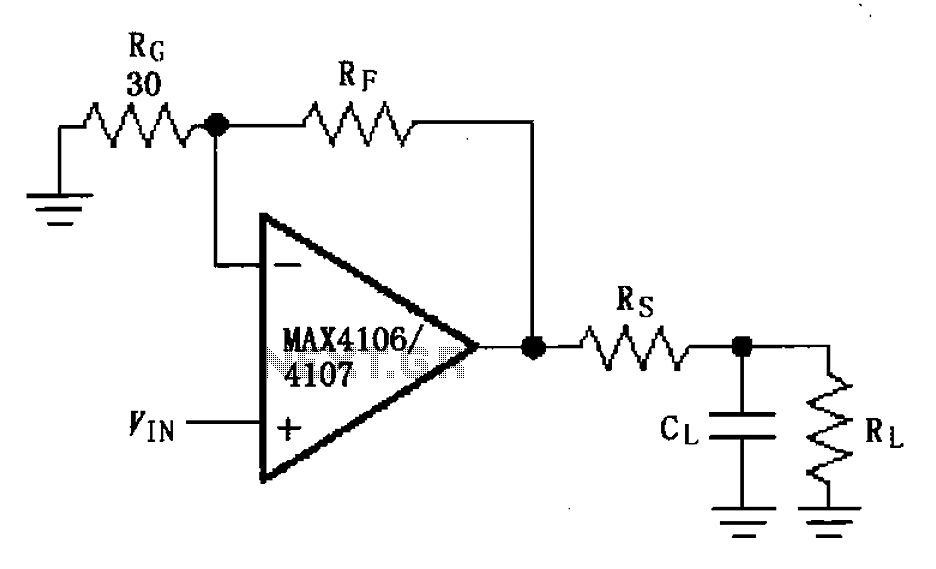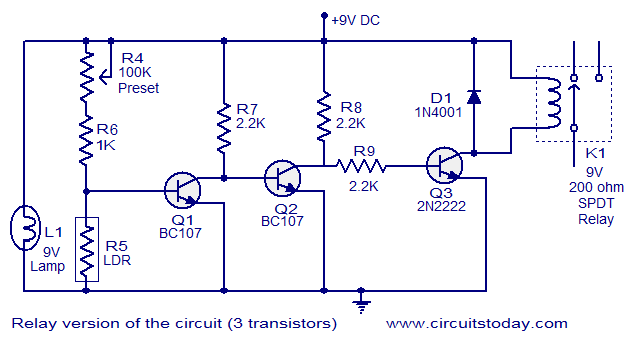
ZAP Xebra circuit diagram
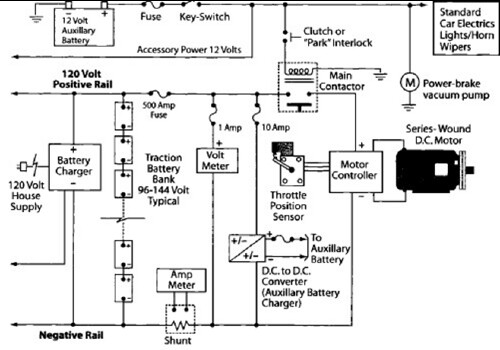
After charging the batteries for many hours with the 12V charger and PowerCheqs, a drive of about 5 miles resulted in the low battery light activating. The PakTrakr indicated that the battery adjacent to the most positive battery required recharging, suggesting it may be defective, despite a battery tester showing it was functional a few weeks prior. The most positive battery also appeared weak. It was noted that placing a switch in the white lead would prevent the PowerCheq from equalizing the batteries but would not stop the quiescent current draw from the power supply. The power supply is derived from the violet and yellow leads, with a quiescent current of less than 5 mA. To remove 1 A-hr from the battery, the PowerCheq would need to be connected for 200 hours, which is just over 8 days. To completely eliminate this current draw, one would need to disconnect the white lead and either the yellow or violet wire. There was a delay in the return of the charger due to paperwork, but it was scheduled to be sent back the next day. The charger had shown multiple error signals indicating a charge timeout due to the battery pack not reaching the required voltage, and the output was reduced due to high temperatures. The manual suggested checking connections and operating the charger at a lower ambient temperature; however, the air temperature was around 45 degrees, and the charger did not feel hot. After the PowerCheqs equalized the batteries, the voltages were observed to be between 13.2 and 13.3 volts. Five switches were installed on the white wires of the PowerCheqs to turn them off. After a drive of 7.1 ZAP miles (6.1 real miles), the battery voltages were recorded as 13.0, 13.0, 13.1, 13.0, 13.0, and 12.9 volts before the drive, and after 10 minutes, they dropped to 12.8, 12.8, 12.9, 12.8, 12.8, and 12.7 volts, indicating that the batteries seemed to be functioning properly. However, the low-battery light activated after approximately 10 miles, with PakTrakr indicating that battery 5 needed charging. During charging, PakTrakr reported an error indicating that battery 5 was failing, suggesting it was defective. Communication with Harris Batteries regarding the Discover EV12A-A batteries resulted in instructions to discharge them before conducting a battery-load test. After a 10-mile drive with a rest in between, the low-battery light activated again, showing about 11 volts for batteries 1 through 4, around 9 volts for battery 5, and about 10 volts for battery 6. Load testing revealed that batteries 5 and 6 were likely defective. Harris Batteries confirmed they would send two new batteries and arrange for the pickup of the faulty ones.
A comprehensive battery management system (BMS) could enhance the performance and longevity of the battery pack. This system would monitor the state of charge (SOC) and state of health (SOH) of each battery cell, ensuring optimal charging and discharging cycles. The BMS would utilize voltage and temperature sensors connected to a microcontroller to continuously assess the battery conditions.
Incorporating a dedicated relay or switch for each battery could facilitate individual monitoring and maintenance, allowing for easier identification of weak or failing batteries during operation. Additionally, integrating a data logging feature could provide valuable insights into battery performance over time, helping to identify patterns that may indicate impending failures.
The PowerCheq units should be configured to operate under optimal conditions, ensuring they are not subjected to extreme temperatures during charging. It is advisable to use thermal management solutions, such as heat sinks or active cooling, to maintain a stable operating temperature, particularly in warmer environments.
Furthermore, implementing a comprehensive charging protocol that includes regular equalization cycles can help balance the battery voltages, extending the overall life of the battery pack. Each battery’s individual characteristics should be considered, as variations in capacity and discharge rates can significantly impact the performance of the entire system.
In summary, a detailed assessment of the battery pack, combined with a robust management and monitoring system, can significantly enhance reliability and performance, ensuring that the vehicle operates efficiently and safely over extended distances.After charging the batteries for many hours with the 12V charger and PowerCheqs, I drove for about 5 miles and the low battery light came on. PakTrakr showed that the battery next to the most positive battery needed recharging. Apparent that battery is bad, although the battery tester did not show that a few weeks ago. The most positive battery also looks weak by the PakTrakr. PD: Placing a switch in the white lead will prevent the PowerCheq from equalizing the batteries it will not however stop the quiescent current draw of the power supply. The supply is derived across the violet and yellow leads. Quiescent current is less than 5 mA so in order to remove 1 A-hr from your battery the PowerCheq would needs be connected for 200 hours a bit over 8 days.
To completely disable this current draw one woul need to open the white and either the yellow or violet wire. Heard from Mark Higley that my charger had been delayed being sent back to me because of paper work. He got it straighten out and it is to be sent back to me tomorrow. Ran the charger several time, but it never showed that it finished charging. Instead several times it showed the error signal of 3 red flashes which means "Charge timeout caused by battery pack not reaching required voltage.
Charger output was reduced due to high temperatures. " The solution given by the manual is "Check connections. Operate charger at a lower ambient temperature. " Th air temperature was about 45 degrees, the bed was up and the charger did not feel hot. The batteries seem to be fully charged showing, after the PowerCheqs did their equalizing, voltages of 13. 2-13. 3 volts. Installed 5 switches on the white wires of the 5 PowerCheqs. (Information from Power Design: "Placing a switch in the white lead will prevent the PowerCheq from equalizing the batteries; it will not, however, stop the quiescent current draw of the power supply.
The supply is derived across the violet and yellow leads. Quiescent current is less than 5 mA so in order to remove 1 A-hr from your battery the PowerCheq would needs be connected for 200 hours a bit over 8 days. To completely disable this current draw one would need to open the white and either the yellow or violet wire.
") used the 5 switches to turn off the PowerCheqs. Then I drove for 7. 1 ZAP miles (6. 1 real miles). Before the drive the voltages were 13. 0, 13. 0, 13. 1, 13. 0, 13. 0, 12. 9. 10 minutes after the drive the voltages were 12. 8, 12. 8, 12. 9, 12. 8, 12. 8, 12. 7. So, the batteries appear to be ok. It appears that the battery problem was having the wrong algorithm in the charger. Although the voltages look ok, I still cannot drive 10 miles without the low-battery light coming on. At that point PakTrakr indicates that battery 5 needs charging. When charging the batteries, Pak Trakr shows an error that battery 5 is failing. Apparently battery 5 is bad. Contacted Harris Batteries about my Discover EV12A-A batteries. I was told to run them down and then run the battery-load tester. I went for about a 10 mile drive with an hour`s rest in the middle. Near home the low-battery light showed when Sun Roper was pulling hard up a hill; the Woodward PakTrakr display showed slightly above 11 volts for batteries 1 through 4, about 9 volts for battery 5 and about 10 volts for battery 6.
I then load tested the batteries. They all showed about 12. 3 volts before I put the load across each battery. At load the voltages of the batteries were about 9. 5, 8. 5, 9, 8. 5, 7 and 7. 5. So, apparently batteries 5 & 6 are bad. (The way PakTrakr is connected to the Sun Roper battery pack, battery 1 is the most negative battery and battery 6 is the most positive battery. ) Harris Batteries called to tell me that they are sending me two new batteries and will come by later to pick up the two bad ones.
Should I charge the two batteries with my 12-volts charger before I put them in Sun Roper I plan to charg 🔗 External reference
A comprehensive battery management system (BMS) could enhance the performance and longevity of the battery pack. This system would monitor the state of charge (SOC) and state of health (SOH) of each battery cell, ensuring optimal charging and discharging cycles. The BMS would utilize voltage and temperature sensors connected to a microcontroller to continuously assess the battery conditions.
Incorporating a dedicated relay or switch for each battery could facilitate individual monitoring and maintenance, allowing for easier identification of weak or failing batteries during operation. Additionally, integrating a data logging feature could provide valuable insights into battery performance over time, helping to identify patterns that may indicate impending failures.
The PowerCheq units should be configured to operate under optimal conditions, ensuring they are not subjected to extreme temperatures during charging. It is advisable to use thermal management solutions, such as heat sinks or active cooling, to maintain a stable operating temperature, particularly in warmer environments.
Furthermore, implementing a comprehensive charging protocol that includes regular equalization cycles can help balance the battery voltages, extending the overall life of the battery pack. Each battery’s individual characteristics should be considered, as variations in capacity and discharge rates can significantly impact the performance of the entire system.
In summary, a detailed assessment of the battery pack, combined with a robust management and monitoring system, can significantly enhance reliability and performance, ensuring that the vehicle operates efficiently and safely over extended distances.After charging the batteries for many hours with the 12V charger and PowerCheqs, I drove for about 5 miles and the low battery light came on. PakTrakr showed that the battery next to the most positive battery needed recharging. Apparent that battery is bad, although the battery tester did not show that a few weeks ago. The most positive battery also looks weak by the PakTrakr. PD: Placing a switch in the white lead will prevent the PowerCheq from equalizing the batteries it will not however stop the quiescent current draw of the power supply. The supply is derived across the violet and yellow leads. Quiescent current is less than 5 mA so in order to remove 1 A-hr from your battery the PowerCheq would needs be connected for 200 hours a bit over 8 days.
To completely disable this current draw one woul need to open the white and either the yellow or violet wire. Heard from Mark Higley that my charger had been delayed being sent back to me because of paper work. He got it straighten out and it is to be sent back to me tomorrow. Ran the charger several time, but it never showed that it finished charging. Instead several times it showed the error signal of 3 red flashes which means "Charge timeout caused by battery pack not reaching required voltage.
Charger output was reduced due to high temperatures. " The solution given by the manual is "Check connections. Operate charger at a lower ambient temperature. " Th air temperature was about 45 degrees, the bed was up and the charger did not feel hot. The batteries seem to be fully charged showing, after the PowerCheqs did their equalizing, voltages of 13. 2-13. 3 volts. Installed 5 switches on the white wires of the 5 PowerCheqs. (Information from Power Design: "Placing a switch in the white lead will prevent the PowerCheq from equalizing the batteries; it will not, however, stop the quiescent current draw of the power supply.
The supply is derived across the violet and yellow leads. Quiescent current is less than 5 mA so in order to remove 1 A-hr from your battery the PowerCheq would needs be connected for 200 hours a bit over 8 days. To completely disable this current draw one would need to open the white and either the yellow or violet wire.
") used the 5 switches to turn off the PowerCheqs. Then I drove for 7. 1 ZAP miles (6. 1 real miles). Before the drive the voltages were 13. 0, 13. 0, 13. 1, 13. 0, 13. 0, 12. 9. 10 minutes after the drive the voltages were 12. 8, 12. 8, 12. 9, 12. 8, 12. 8, 12. 7. So, the batteries appear to be ok. It appears that the battery problem was having the wrong algorithm in the charger. Although the voltages look ok, I still cannot drive 10 miles without the low-battery light coming on. At that point PakTrakr indicates that battery 5 needs charging. When charging the batteries, Pak Trakr shows an error that battery 5 is failing. Apparently battery 5 is bad. Contacted Harris Batteries about my Discover EV12A-A batteries. I was told to run them down and then run the battery-load tester. I went for about a 10 mile drive with an hour`s rest in the middle. Near home the low-battery light showed when Sun Roper was pulling hard up a hill; the Woodward PakTrakr display showed slightly above 11 volts for batteries 1 through 4, about 9 volts for battery 5 and about 10 volts for battery 6.
I then load tested the batteries. They all showed about 12. 3 volts before I put the load across each battery. At load the voltages of the batteries were about 9. 5, 8. 5, 9, 8. 5, 7 and 7. 5. So, apparently batteries 5 & 6 are bad. (The way PakTrakr is connected to the Sun Roper battery pack, battery 1 is the most negative battery and battery 6 is the most positive battery. ) Harris Batteries called to tell me that they are sending me two new batteries and will come by later to pick up the two bad ones.
Should I charge the two batteries with my 12-volts charger before I put them in Sun Roper I plan to charg 🔗 External reference
